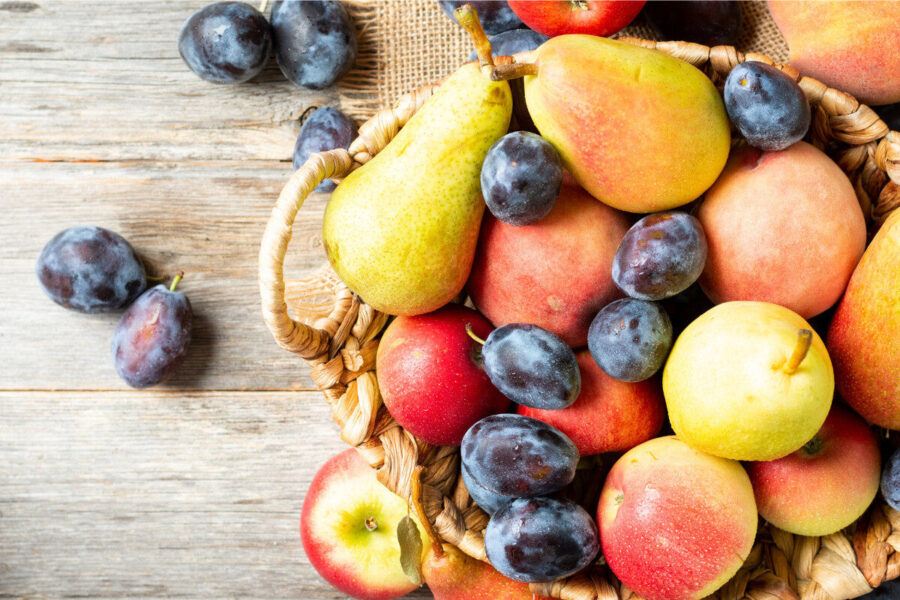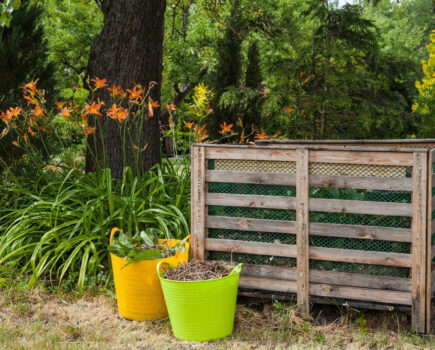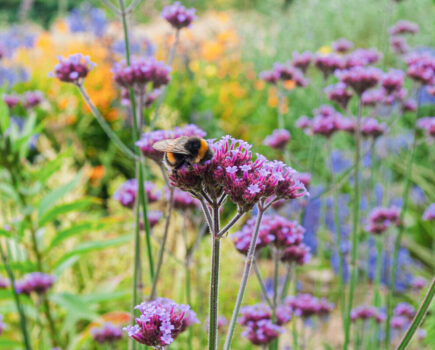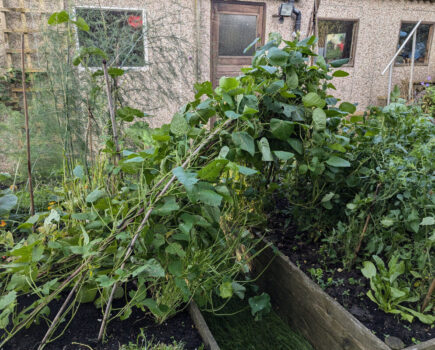Bob explains why reducing fruit numbers now benefits us and the trees
A little attention right away will vastly improve your upcoming fruit crops. As we start to feast on the hopefully bountiful berries and currants of soft fruits, lets not forget the autumn harvests ahead. Soft fruits produce in huge numbers of many tiny fruits and, other than reducing the tedium of picking, there’s really not much advantage to be gained from having fewer but larger sweet rewards.
However our larger fruits are a different matter entirely; the apples, pears, plums, peaches and so forth are much more preferable and more economical, as it takes less time to pick, peel and core large fruits than the same weight of small ones. Furthermore, with large fruits you waste a lot less skin and core. (The same goes for melons and squash, we get more flesh from one large specimen, than three small ones.)
So ideally we thin, as trees nearly always set far too many fruits which can then only be small if left to grow on. Of courses trees, especially apples, have had a ‘June Drop’ when they let many tiny fruits fall off, but it’s still worth lending a helping hand to further ensure trees have the reserves to ripen all the fruit remaining for us.
Removing fruit reduces tree stress
Now, by halving the number left after the ‘June Drop’ the fruits that remain can each grow much larger as the total weight will remain much the same. This also benefits the trees, for with half the number of fruits remaining they only have to ripen half their expected number of seeds.
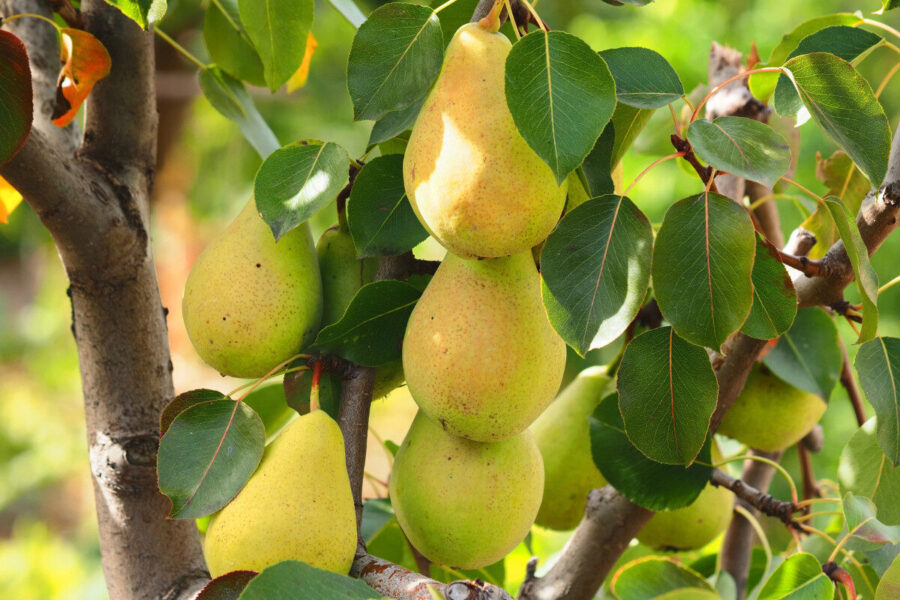
You see seed production is expensive in terms of the tree’s resources, requiring minerals, proteins and fats, so reducing this workload reduces stress to trees. This pressure to perform can be so great that trees may take the next year off to recover, a phenomenon called ‘biennial bearing’, but luckily this is automatically corrected when we thin heavy crops.
Even more conveniently, since seeds are intensive to produce, that sweet sugary pulpy flesh we want costs the trees little to produce so they can grow bigger fruit with gusto..
As you help trees and future harvests by thinning do obviously discard misshapen fruits and those with holes, bruises, lumps, bumps and bits missing, or those that are too crowded or in shaded or awkward places.
Thin once, then thin again!
Thus we leave only the more picture-perfect fruits to swell, reducing losses and wasted labour later on by avoiding the picking and rejecting of small and infested specimens. Plus, if we immediately compost those rejects and any fallen fruits, we get rid of many potential future pest and disease problems. It’s a very rewarding win, win all-round.
So let’s get started and don’t hold back. There are tales of a Californian peach co-operative that wanted to produce fewer but bigger peaches, but could not get its farmers to ‘reduce‘ their potential crops sufficiently.
Then a stroke of genius; they got the farmers to thin each other’s trees. That worked, and the far fewer peaches that were left grew massive and so commanded them all the highest price and profit ever. So be bold, you need not fear, it’s nigh on impossible to over-thin. Indeed a good plan is thin once, go and have a cuppa and then come back and thin again!
Find more tips, advice and articles like this at the Amateur Gardening website. Subscribe to Amateur Gardening magazine now

